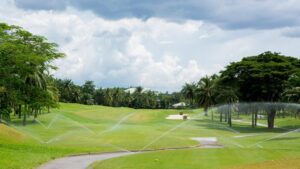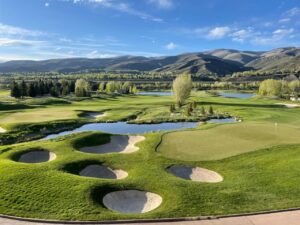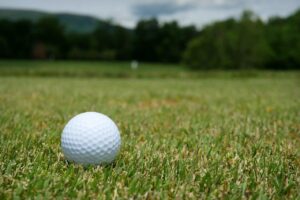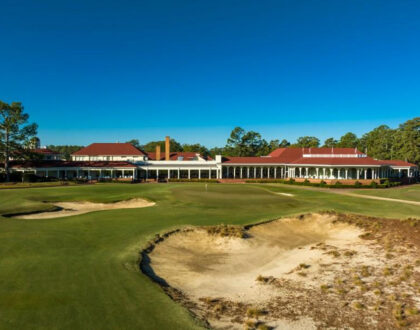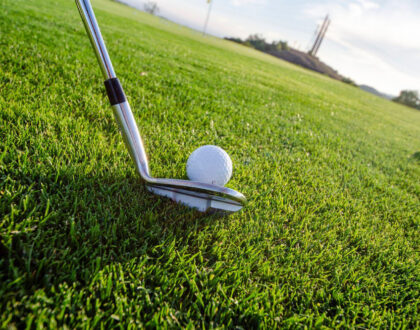Which is the best? 6 golf grass types the golfers should know about
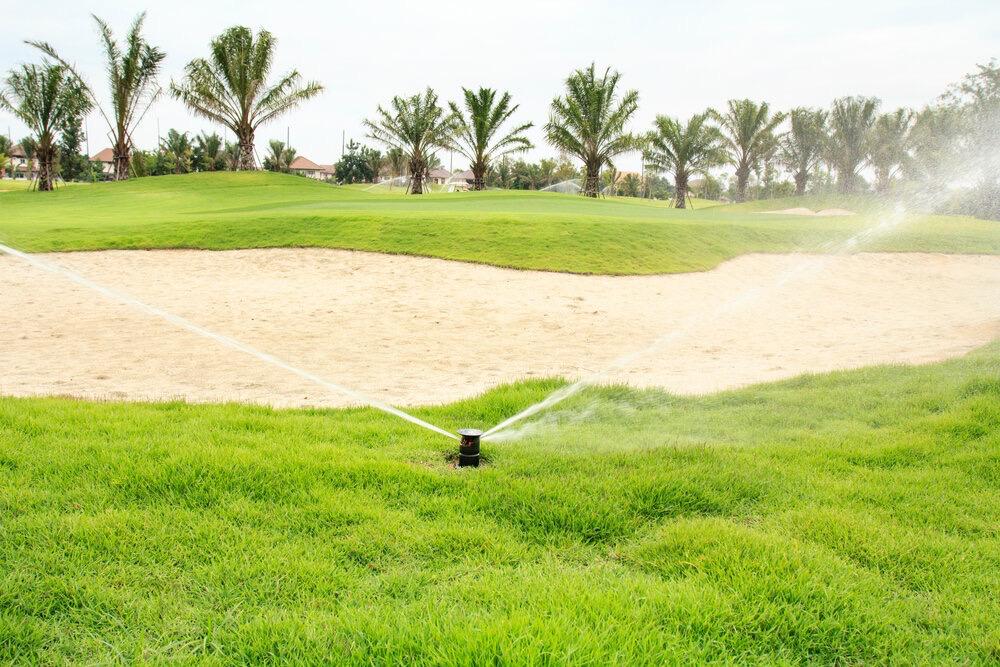
As everyone knows, golf course grass is a place of recreation par excellence. But let me say something: its maintenance requires exceptional dedication. The greenkeepers’ experience is essential so that the different golf course sites (especially the tee box, the fairways, and the greens) are presented excellently. In this context, lawn care is critical. And also the best grass choice. The recurring question is: what grass do I have to choose for my golf course grass? There are 6 golf grass types that golfers should know about, which should favor the game, be resistant in the different seasons of the year, and show a beautiful appearance.
This article will delve into 6 golf course grass types used today and with greater frequency. Each one has its own characteristics, care, and requirements. I will describe the different kinds of golf course grass used and the care that must be taken to maintain them.
As we all know, golf courses are wide spaces where natural species are preserved, and people play their favorite sports. You must do it at least once if you have never seen a golf course. There’s much more to it than perfectly cut hills and open spaces. You will see that there are several different types of golf course grass, each with its own unique characteristics.
What is expected of the golf course grass?
The most desirable effect of golf course grass is that it can resist the cold or hot weather typical of the area where the course is located. It is strong enough to withstand the foot traffic of the players without being damaged. Also, it can survive different levels of cutting for the purposes of its maintenance. On this subject, one of the secrets is in the roots of golf grass, which are expected to be solid and resistant.
Is it better to use artificial or natural grass for a golf course?
This question has become recurring in recent times. Therefore, answering this question before dealing with different grass types is good. With the growing popularity of golf, many clubs are debating which is the suitable golf grass for their facilities. Those responsible for golf courses seek to save time and money by incorporating artificial grass in different sectors of their courts. With this, they avoid fertilizing, mowing, watering, and maintaining the golf turf. Artificial grass requires a quick cleanup with a hose or leaf blower when necessary. Playing on artificial grass is different from playing on natural golf grass.
For now, natural grass is still widely the preferred option for golf courses, and here I tell you about 6 golf grass types that golfers should know about.
Bermuda
Do you know something? Bermuda grass is the most preferred option for golf courses. It is a golf grass that is easy to fertilize and resistant to high traffic. Also, it can be cut relatively low, even shorter than half an inch. This is because it is not damaged and grows back quickly. Bermuda grass has deep roots that spread faster than other types of green grass. Of course: it has a significant disadvantage: Bermuda grass does not grow in cold climates and only thrives in warm environments.
Fescue
Fescue grasses are ideal for the best golf courses because they can be cut very deep. This grass has an excellent adaptation to colder climates and forms dense roots, which allow excellent support for golfers’ traffic. And one more fact: this type of grass is also placed along areas with different vegetation, which provides an additional challenge for golfers.
Bentgrass
Bentgrass is another popular option for the Best Golf Courses because it can be cut very deep and close to the ground without damaging it. It grows well in colder climates and is chosen in regions with great thermal amplitude. Among its qualities, it is easy to step on and does not need to be watered frequently. Of course: Bentgrass requires a lot of mowing, and there are better options if you are looking for easy-to-maintain green grass.
Zoysia
Zoysia grass has dense roots and is ideal for frequently used golf courses. Zoysia finds its best place to grow in warmer climates and spreads quickly once established. One major drawback: Zoysia grass golf courses need more development time, as Zoysia grows very slowly.
Rye Grass
Rye Grass is prepared to withstand the coldest temperatures, making it an excellent choice for golf courses in areas with harsh winters. Among its many varieties, perennial Rye Grass has a smooth texture, but it can be challenging to grow and requires frequent mowing. It is generally planted for overseeding thin turf, and its vertical pauses in growth provide some friction on the greens.
Poa annua
Our list of grass for golf courses must include the Poa Annua. This type of grass is the most used for cold climates. It grows very well in winter and shady places, spreading quickly due to its tiny seeds. It is a low-growing grass, so it does not need to be mowed frequently. However, its invasive nature can make it unpopular in many areas, and is most common on the West Coast. Another disadvantage is that Poa Annua grass has a shallow root structure, which means it is less durable than other types of grass.
Conclusion
Golf courses have various types of grass that can be grown. That’s right: many factors to consider when choosing the Best golf course turf. It is key to how often it needs to be mowed and the desired location based on weather conditions. So the best way to decide which is suitable for your golf course always depends on what you are looking for in terms of maintenance and appearance.
As the one in charge of a golf course, if you want it to look like the best golf club in the world, I invite you and your team to define precisely the type of pasture the course will have.

